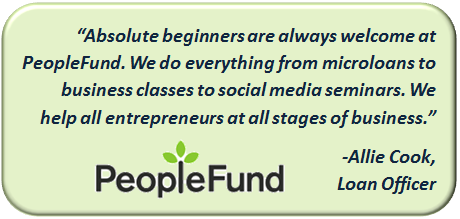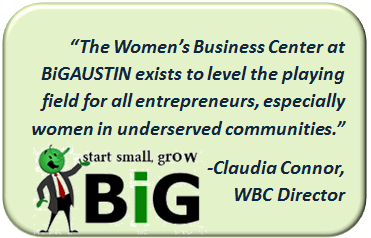An introduction to SBA loans and programs that can grow your startup
Over the past 5 years, the number of women-owned private businesses shot up 20 percent and the rate at which women launch startups has outpaced men for the past 20 years. Most women entrepreneurs setup small organizations as one-woman operations or have only a few employees to start in order to keep costs down. As their businesses grow or different challenges pop up during launch, many turn to outside funding sources like loans from the Small Business Administration. These SBA loans tend to have lower interest rates than traditional bank loans, but the advantages don’t end there.
Microloans from nonprofit community lenders often have programs specifically designed to guide women through starting and growing a business. These and three other SBA loans, listed below, are propelling the new women’s movement forward and setting up women entrepreneurs for success, one loan at a time.
Microloans

Startups in their infancy are more likely to be approved for microloans than any other SBA loan. Microloans are administered only through nonprofit community lenders and are designed to help startups and small business meet their smaller funding needs with loans ranging from $500 to $50,000. Microloans can be used for most business needs, with the exception of paying off existing debt or purchasing real estate.
Microlenders often receive technical assistance funds from the SBA, enabling these lenders to educate their clients on the ins and outs of business as well as dispense SBA and other microloans. With these intermediaries, startups sans business plans can go to intermediaries like PeopleFund or BiGAUSTIN to apply for a microloan while they learn how to develop a business plan.
To find microlenders in your area, view the list of Participating Microloan Intermediary lenders (PDF).
General Small Business Loans
General Small Business Loans are the most commonly issued SBA loans and are referred to as 7(a) loans. For-profit small businesses with reasonably invested equity are eligible to apply, and the loan can be used for a wide swath of business needs, from paying operational expenses to refinancing debt. Depending on your lender, these SBA loans can be as low as $500 and interest rates are determined by the intermediary.
The SBA offers 7(a) loans through banks and nonprofit lending intermediaries. In Austin, Texas for instance, entrepreneurs can seek 7(a) loans from banks like Wells Fargo, which gives out more SBA loans than any other private bank, or Central Texas CDC, a nonprofit certified development company that specializes in SBA loans.
To find a 7(a) lender near you, visit the SBA’s website.
Real Estate & Equipment Loans
Real estate and equipment SBA loans are also referred to as 504 loans and are solely issued through lending intermediaries called Certified Development Companies (CDC). As Texas CDC’s website explains, independently owned for-profit small businesses are eligible for 504 loans and the loan amount must be at least $50,000. 504 loans benefit small businesses more than startups as startups are required to pay a 15 to 20 percent down payment, whereas established small businesses only need to put down 10 percent.
To find a local certified development company near you, check out the SBA’s Find a CDC page.
Disaster Loans
Unlike other SBA loans, you do not necessarily have to be a business owner to be eligible to apply for certain SBA disaster loans. Loan fund uses are more limited, though, and you must use them only to repair or replace eligible items destroyed in a declared disaster. There are quite a few disaster loans, including:
- Business physical disaster loans
- Home and personal property loans
- Economic injury disaster loans
- Military reservists economic injury loans
All disaster loan applicants must apply online or by mail. For a complete list of current disaster declarations, visit the Current Disaster Declarations page; declared drought disasters are found here: Drought Declarations Summary.
As women continue to meet their entrepreneurial potential, the Small Business Administration and its lending intermediaries will support their endeavors. At the current pace, by 2018 women-owned small businesses will account for over half of new jobs in the small business sector, an encouraging number when merely 8 percent of the workforce worked directly for women-owned companies in 2009.
The statistics prove that the uptick in women entrepreneurs isn’t just advance gender equality; it advances the nation’s economy. As a woman and a citizen of that nation, I can only say one thing – go, women, go!

